Types of Mold & Safety Measures to Help You
What is Mold?

Mold is a common issue that many homeowners encounter, especially in Southwest Florida, and it can pose health risks and damage to property if not addressed promptly. We run across mold concerns throughout our area, be it in Bradenton, Sarasota, or Ana Maria. Understanding the different types of mold is crucial for effective identification and remediation. In this blog post, we will explore various types of mold and provide insights into how to identify them. But before we dive in, let’s have a quick look at what is meant by a “Zero Tolerance” mold.
The concept of Zero Tolerance in mold assessment refers to an uncompromising approach where certain types of mold are considered unacceptable at any level due to their potential health risks or damage to materials. For example, some organizations identify specific molds like Stachybotrys, Chaetomium, Fusarium, and Trichoderma as zero-tolerance molds, due to their water sensitivity or high toxicity. Such molds, especially when found on substrates with a moisture content greater than 17%, are recommended to be fully remediated.

TYPES OF MOLD
- Cladosporium:
- Appearance: While commonly olive-green or brown, cladosporium can also appear black. It has a suede-like texture..
- Identification: This mold is often found on fabric, carpets, and wood surfaces. It can thrive in both warm and cold environments, making it a versatile species.
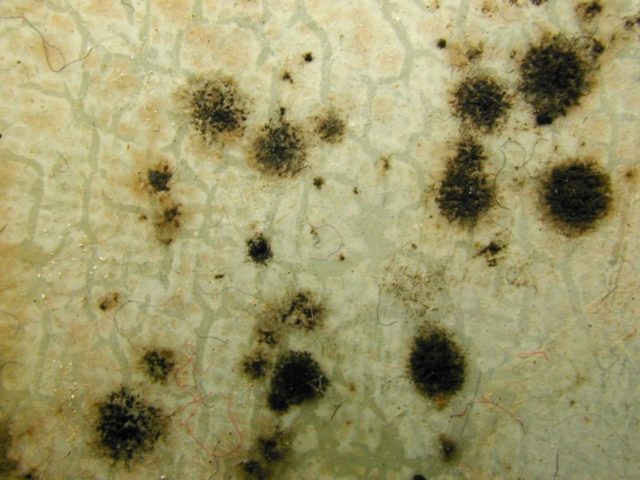
2. Penicillium:
- Appearance: Penicillium molds are typically blue or green with a powdery texture.
- Identification: Found on water-damaged materials, wallpaper, and insulation, penicillium is known for its rapid growth. Some species are used in the production of antibiotics, while others can produce mycotoxins with potential health risks. This is common in southwest Florida.
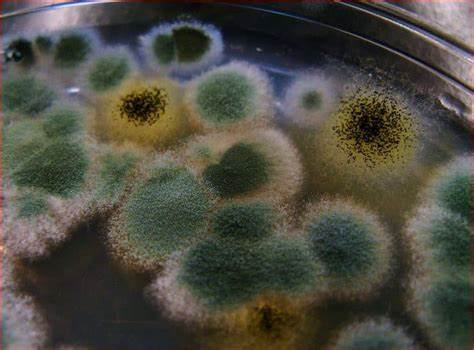
3. Aspergillus:
- Appearance: Aspergillus species vary widely in color, including yellow, green, white, or black.
- Identification: Aspergillus is commonly found in household dust and can grow on walls, insulation, and paper products. Some species produce mycotoxins, and prolonged exposure may lead to respiratory issues. This is commonly found in Southwest Florida.

4. Stachybotrys (Zero Tolerance):
- Appearance: Dark green or black with a slimy texture.
- Identification: Often associated with water damage, especially in buildings with chronic dampness. Stachybotrys is infamous for producing mycotoxins, which, when inhaled, can pose serious health risks. This is commonly called ‘black mold’ but keep in mind, many molds can be black.
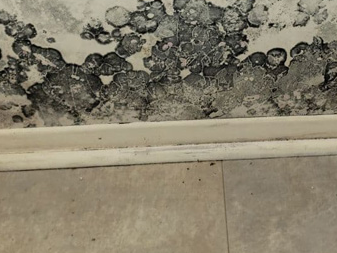
5. Alternaria:
- Appearance: Alternaria has a velvet-like texture with dark green or brown hairs.
- Identification: Commonly found in damp areas like showers, sinks, and leaking roofs. It is known to be an allergen and may exacerbate respiratory conditions.
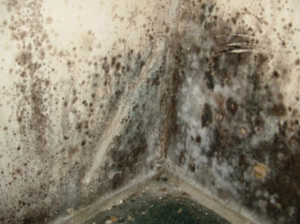
6. Mucor:
- Appearance: White or grayish with a fluffy texture.
- Identification: Thriving in damp and humid environments, Mucor is often found in air conditioning systems and damp carpets. It can cause respiratory issues, particularly in individuals with weakened immune systems.
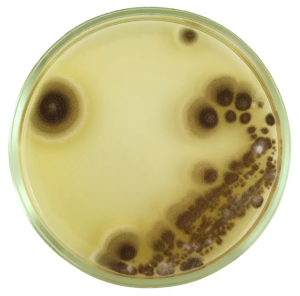
7. Aureobasidium:
- Appearance: Aureobasidium initially appears pink, brown, or black and suede-like when young, darkening with age.
- Identification: Commonly found on painted surfaces, wood, and behind wallpaper. While not considered highly toxic, it can cause discomfort and allergic reactions in some individuals.
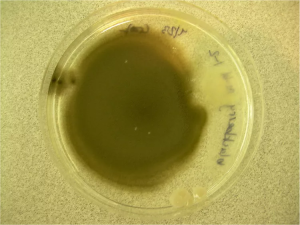
7. Trichoderma (Zero Tolerance):
- Appearance: Trichoderma can be green or white, often forming a powdery texture.
- Identification: Thriving in damp conditions, Trichoderma is frequently found on wet walls, wallpaper, and damp carpeting. Some species are beneficial in agriculture, while others can produce mycotoxins.
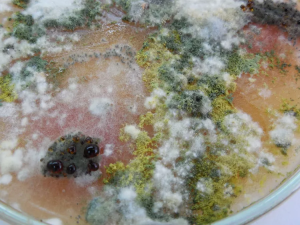
8. Fusarium (Zero Tolerance):
- Appearance: Fusarium molds come in various colors, including pink, white, or red.
- Identification: Flourishing in water-damaged areas, Fusarium is often found on carpets, wallpaper, and fabrics. Some species can produce mycotoxins, posing potential health risks.
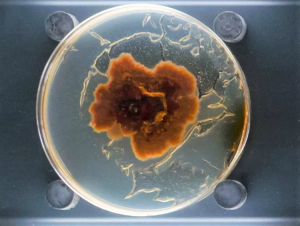
9. Chaetomium (Zero Tolerance):
- Appearance: Chaetomium initially appears white, turning gray, brown, or black over time.
- Identification: Typically found on water-damaged building materials, such as drywall and sheetrock. It is known for its musty odor.

checking Your Environment for Mold:
- Visual Inspection:
- Inspect walls, ceilings, and corners for discoloration or dark spots.
- Check for fuzzy or slimy textures on surfaces.
- Musty Odor:
- Mold often produces a distinct musty smell.
- If you detect an unusual odor, investigate the source.
- Water Damage:
- Areas with water damage are prone to mold growth.
- Inspect areas with leaks, floods, or high humidity levels.
- Health Symptoms:
- Persistent coughing, sneezing, or skin irritation could be indicative of mold presence.
- Consult a healthcare professional if symptoms persist.
Preventive Measures:
- Control Moisture:
- Use dehumidifiers to maintain humidity levels below 60%.
- Repair leaks promptly to prevent water accumulation.
- Proper Ventilation:
- Ensure good air circulation in bathrooms, kitchens, and basements.
- Use exhaust fans to reduce humidity.
- Regular Cleaning:
- Clean and dry areas prone to moisture regularly.
- Keep household surfaces free from dust and debris.
Conclusion:
Understanding the types of mold and how to identify them is essential for maintaining a healthy living environment. Regular inspection, prompt remediation, and adopting preventive measures can help mitigate the risks associated with mold growth. If you suspect a significant mold problem, it’s advisable to seek professional assistance to ensure thorough removal and remediation.
If faced with a significant mold issue, consulting professionals for thorough removal and remediation is advisable.
PuroClean of Lakewood Ranch & Siesta Key is your solution!
We offer all-in-one services for homes and businesses:
– Fire & Smoke Damage
– Water Damage
– Mold Remediation
– Odor Remediation
– Biohazard Cleanup
We’re here for you! CALL US TODAY: 941-877-2288 & 941-233-PURO
Follow us on Instagram @purocleanoflwr_siestakey or our website
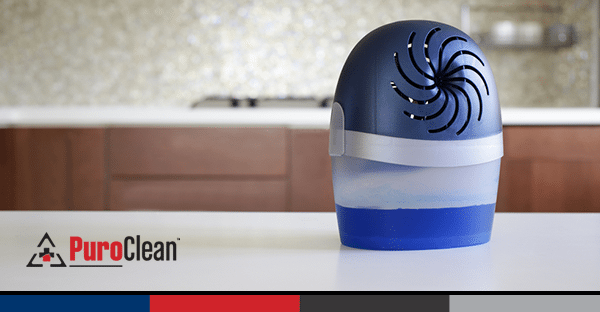

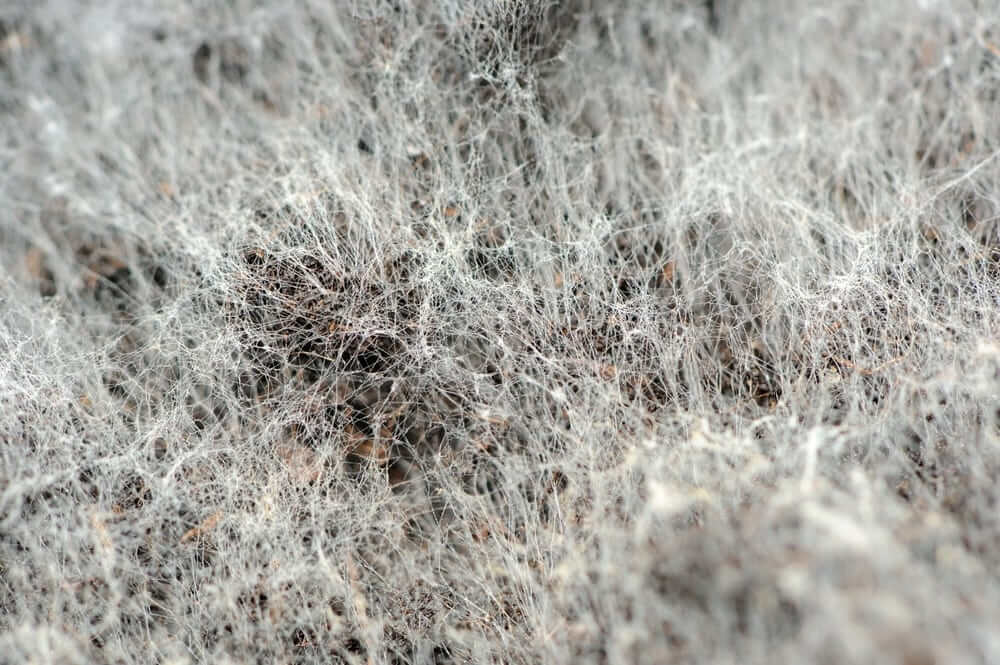
 PuroClean of Bradenton
PuroClean of Bradenton